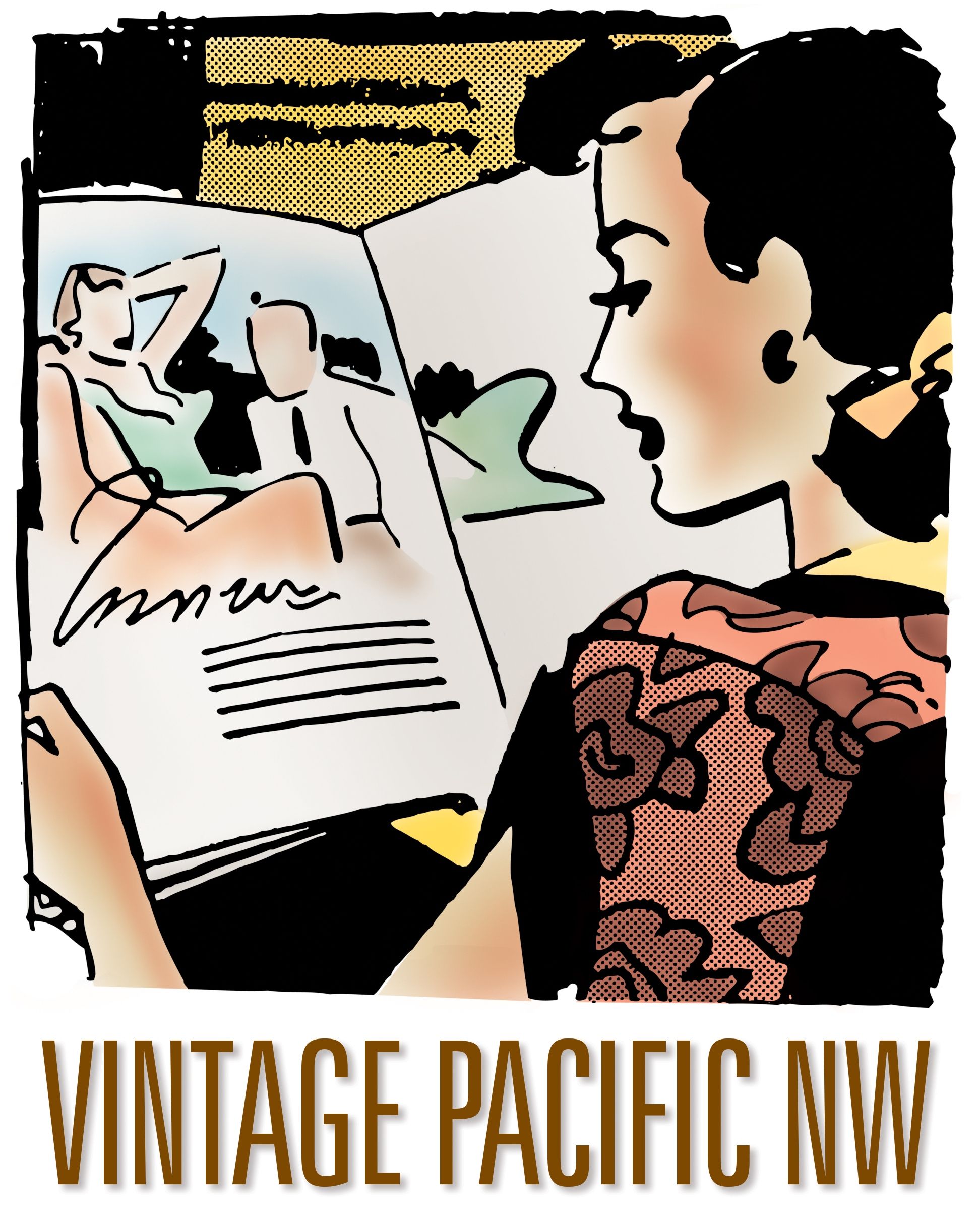Originally published Dec. 24, 2000
By Valerie Easton, former Natural Gardener writer
THINK HOW WE ADMIRE the golden autumn foliage of birch trees and witch hazel. The flame red of maples is stunning, but it is the burnished yellows that I covet for my own garden. While autumn works its magic, remember it is possible to warm up the garden all year with yellow and golden foliage, in solids or patterns of variegation.
The predominant color in any garden, no matter how flowery, is always green. This must be why yellow is endlessly useful — it is such a perfect contrast to green. How better to brighten and lighten the deep richness of yew, fir, camellia, rhododendron and hemlock than with vivid yellow and gold? Even on the grayest days, these warm colors create the welcome illusion of reflecting the sun’s radiance, almost as if the colors themselves are capable of plucking sunshine from the sky and drawing it into the garden.
As yellow-leafed trees and shrubs mature, they create the mirage of large pools of sunshine among grass or shrubbery. An old area of my garden is planted in rhododendrons and a big pine that looked heavy and dull in their evergreen sameness. Beneath the pine, and to stretch above the rhodies, I planted a golden locust (Robinia pseudoacacia `Frisia’), a fluffy burst of foliage that lights up that whole corner of the garden from April through October. In front, a group of burgundy barberries (Berberis thunbergii `Rose Glow’) is underplanted with a puddle of golden creeping Jenny (Lysimachia nummularia ‘Aurea’). Now this area of the garden shines even from a distance.
Two of my favorite variegated plants have tri-colored leaves featuring the color of butter, along with watermelon pink and green. Houttuynia cordata `Chameleon’ should be contained in a pot for its spreading ways, but its gorgeous foliage sparks every flower arrangement from May through the first hard frost. This same flashy color pattern decorates the fancy-leaved Pelargonium `Miss Burdett-Coutts’, so colorful it is best grown alone in a pot, its red flowers nipped off.
Yellow displays especially well when splashed onto leaves as if shaken from a paintbrush, as in nasturtiums (Tropaeolum magi `Alaska’) and flowering maples such as Abutilon pictum ‘Thompsonii’. It also seems well-suited to bladed plants, such as the striped golden flag (Iris pseudacorus `Variegata’) and all the spectacular yellow ornamental grasses, from the statuesque Cortaderia selloana `Sun Stripe’ to the flowing Hakonechloa macra ‘Aureola’. And for warmth when you need it most, plant a couple of gold-toned conifers, such as the little Hinoki `Goldilocks’ or Japanese cedar `Aurea’.
Ideal for hedging, in pots or as a single specimen, is Lonicera nitida `Baggesen’s Gold’, with tiny yellow leaves crowding along the drooping branches. The golden elderberry (Sambucus racemosa `Aurea’) has leaves as dissected as gold filigree, and is especially lovely planted with dark phormium or smoke bush.
Speaking of combining colors, I’ve heard lots of talk lately about how we should avoid using yellow variegated plants in the same beds, or even in the same garden, with plants of white variegation. These gardeners must have a far more refined eye than mine, for while I’d avoid a checkerboard effect of white, yellow, white, yellow, I have no problem with throwing together all the shades from icy white through deep butterscotch. Certainly, variations in color warmth and coolness should be considered in plant combinations. But such rules limit our options to play with color, which is such an endlessly fantasy and gratifying game.
